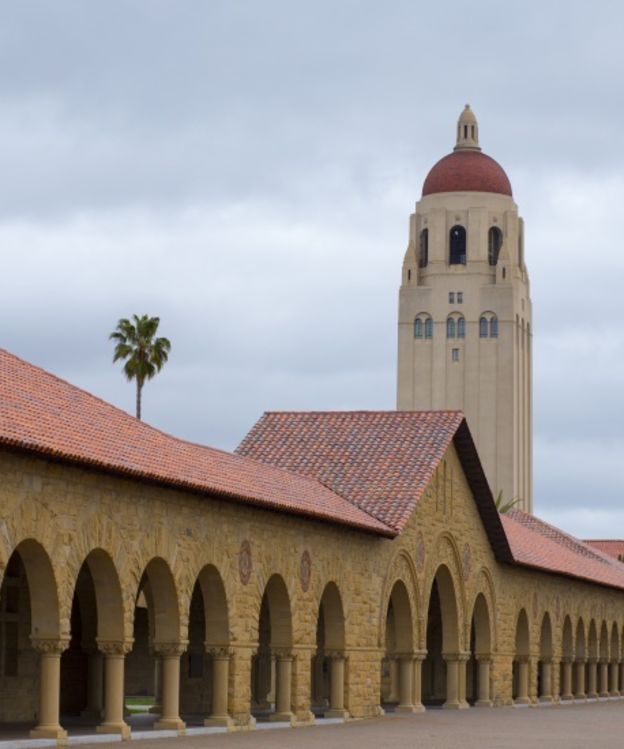Fields of Study

Students declare an area of specialization in a particular period, topic, or corpus of materials, usually within one of the subfields into which Religious Studies is often divided (in most cases according to religious traditions), which are themselves distributed over the following broad areas, geographical or historical, in terms of which our faculty can be grouped:
Most subfields of Religious Studies involve intensive text and language study as part of graduate training. Students are expected to explore a wide range of methodological approaches to their chosen area of interest. The department works collaboratively with faculty in other departments, and students are encouraged to use the resources available through the departments of History, Art and Art History, Comparative Literature, Philosophy, Anthropology, and elsewhere, as appropriate.
Students benefit from a steady flow of outstanding visiting scholars, collaborative relationships with other institutions (including Stanford’s graduate exchange program), and opportunities to study abroad. The annual student-run Graduate Student Conference is also a significant event in graduate student life.
A number of opportunities are available for extracurricular participation in the life of the department. Students run a graduate association, which organizes events, including an annual conference. A graduate student representative attends faculty meetings and works on student issues with the chair and graduate director. Students serve on admissions, faculty search, and other committees of the department.

Individually Designed Program
For proposed courses of study which span two or more religious traditions, address broad themes in Religious Studies, or whose scope extends beyond the above fields: All applications will first be reviewed by the Chair and the DGS before being referred to the appropriate faculty.